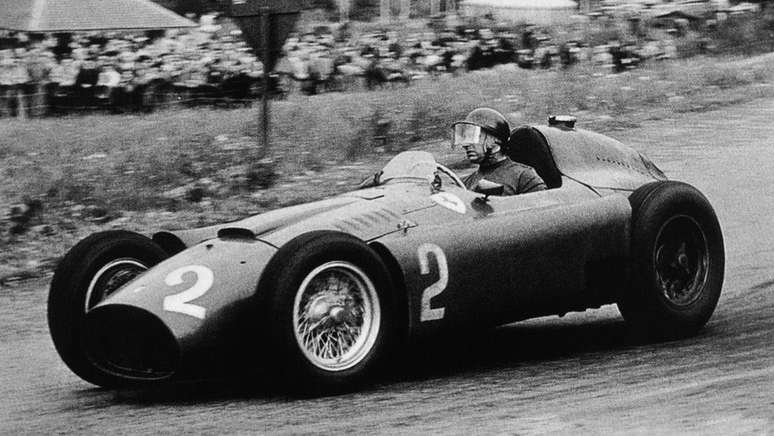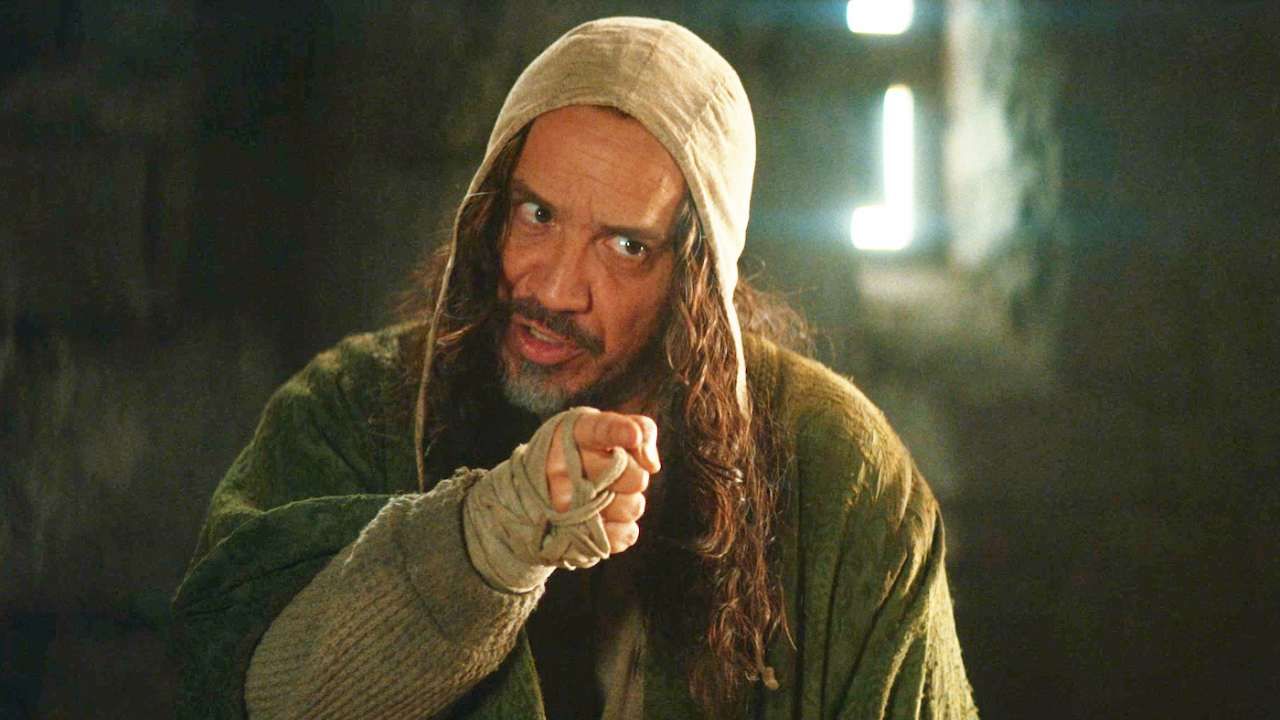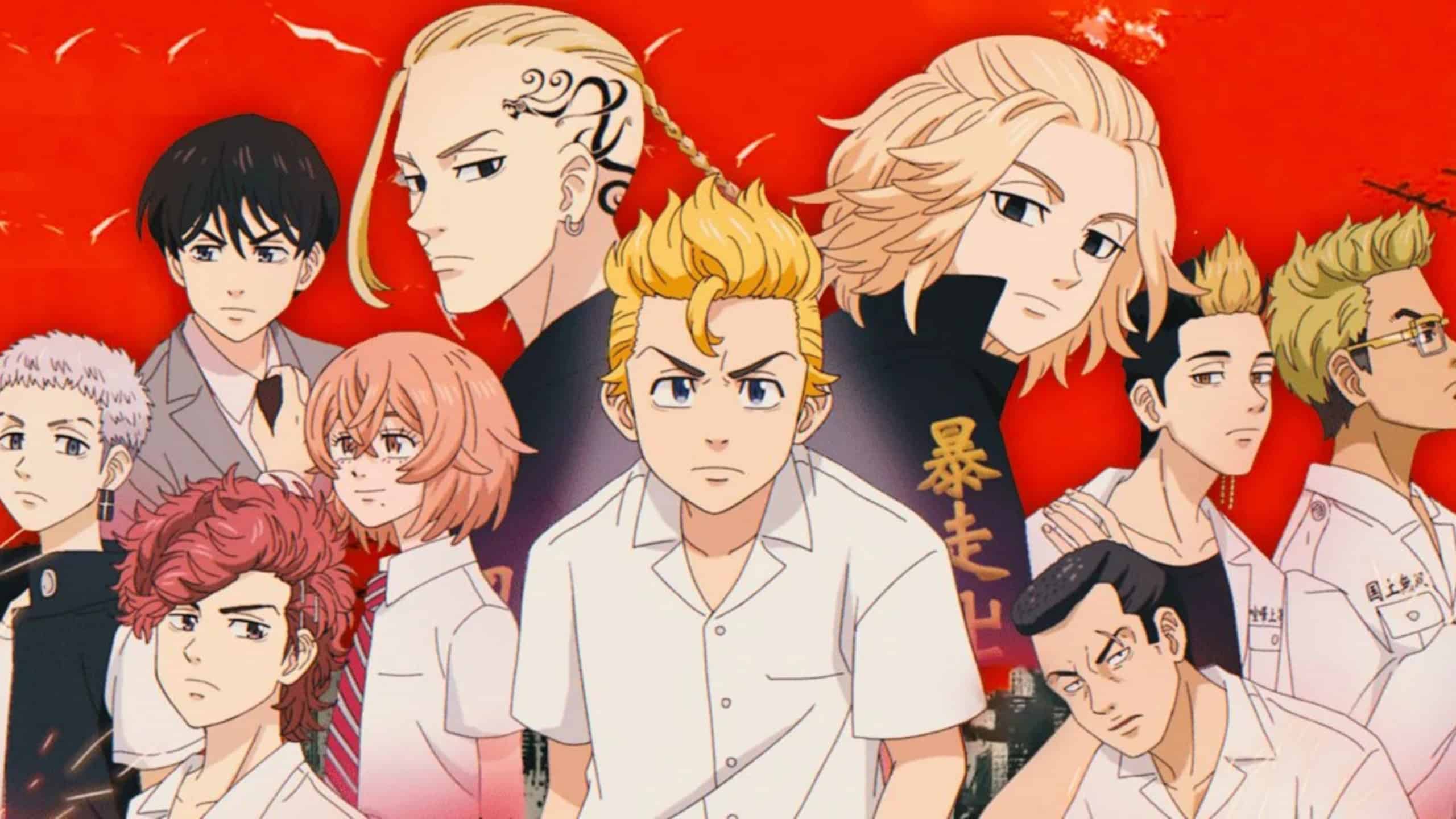Lewis Hamilton’s confirmation at Ferrari is another chapter in the Italian team’s commitment to multiple championships for its cars.
Summary
Ferrari has always hired winning drivers for its cars. Juan Manuel Fangio (1956), Alain Prost (1990), Michael Schumacher (1996), Fernando Alonso (2010) and Sebastian Vettel (2015) were some of the multiple F1 champions hired by the Italian team.
With the confirmation that Lewis Hamilton will join Ferrari from 2025, the Italian team writes another page in its history by hiring numerous F1 champions for its cars. Let’s remember who were the victorious drivers who previously passed for Ferrari
Juan Manuel Fangio (1956)
With Mercedes’ withdrawal from competition, the Argentine, then three-time champion, found himself without a team. Since he was extremely competitive, he began looking for a position. But the available options weren’t very encouraging…
At the time the best place available was Ferrari, who that year would use the D50, a car developed by Lancia, but which was bankrupt. Fangio and Enzo Ferrari hated each other, but each knew the value of the other. So they were pragmatic and reached an agreement for the 1956 season.
Fangio won 3 of the 8 championship races, including the Indianapolis 500 and the joint victory with Luigi Musso in Argentina. With the result he beat Stirling Moss and achieved his fourth title. At the end of the season he moved to Maserati
Alain Prost (1990)
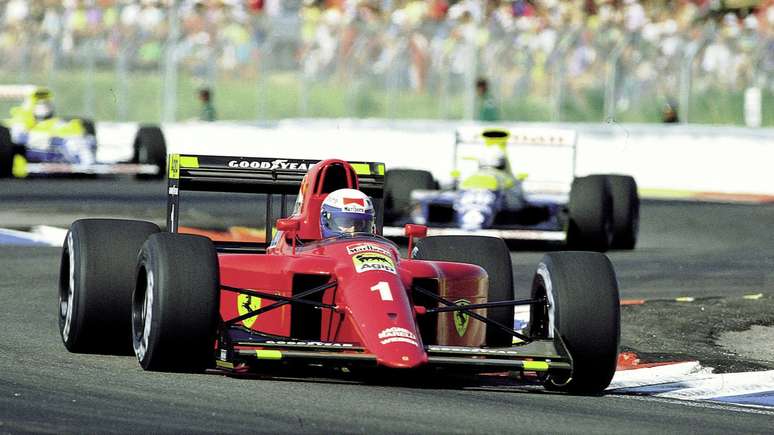
This was a highly anticipated wedding. Feeling out of place at McLaren because he felt the team and Honda were paying more attention to Senna, Prost announced before the 1989 Italian GP that he would move to Ferrari in 1990.
It was an attention-grabbing move. At that time Ferrari was undergoing a technical restructuring and the 640 proved to have the potential to be a winner. Prost agreed to a 3-year contract and several million in the account. In 1990 he will have Nigel Mansell as his partner and will bring the number 1 to Maranello.
The 641/2 proved extremely competitive and the sequence of 3 victories in the middle of the championship (Mexico, France and Great Britain) raised expectations that Ferrari could win a drivers’ championship again, something that had not happened since 1979 with Jody Scheckter.
However, Ferrari got lost in development, and McLaren together with Honda managed to improve the MP 4/5B, and Senna achieved two surgical victories at Spa and Monza. The clash in Japan between Senna and Prost, returning from the previous year, decided the title in favor of the Brazilian
In 1991, Ferrari chose to develop the previous year’s good car and brought the 642. Now with Jean Alesi as a partner, Prost was the highlight of the pre-season testing. But Ferrari once again got lost in politics and jumped into the fray. A series of clashes between Prost and Cesare Fiorio, then team leader, reached their peak at Imola, where the Frenchman spun on the reconnaissance lap.
Prost won the arm wrestling match and Fiorio was fired. A new car arrived in France, the 643, but it only showed possibilities and not certainties. The mood was broken once and for all when Prost compared his car to a truck after the Japanese GP. Result: Prost was fired before the Australian GP and his contract was terminated.

Michael Schumacher (1996)
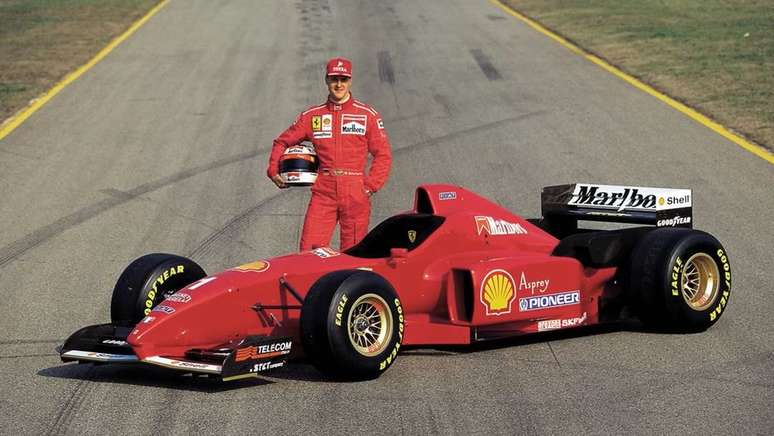
This was a move that surprised F1 at the time. Schumacher had won titles in 1994 and 1995 with Benetton and was considered F1’s new star. Ferrari decided to offer world championships and funds to the German, in a format that many said had been offered to Ayrton Senna.
The project has always been around Schumacher. And he was working on it. 1996 was a terrible year, while 1997 and 1998 tried their best but ended up losing. From then on, he pushed hard and involved Benetton’s winning technical team: Ross Brawn and Rory Byrne.
1999 could have been his if it hadn’t been for a broken leg in an accident at Silverstone, which caused him to miss 6 races. But in 2000 everything went well and Schumacher won the drivers’ championship, finishing quickly. Not satisfied, he changed another 4 consecutive titles. He left the team in 2006, marking a beautiful story.
Fernando Alonso (2010)
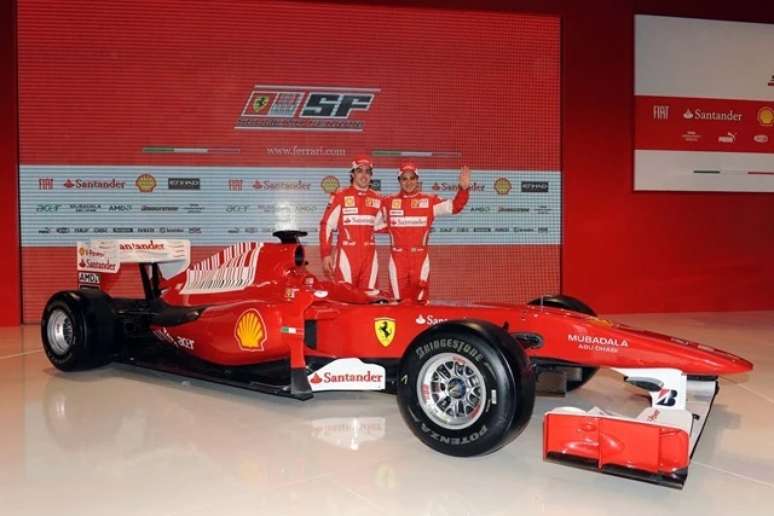
This was a highly anticipated wedding. Considered one of the best of his generation, Alonso arrived in Maranello surrounded by great expectations. After a nightmare at McLaren and a fairly decent spell at Renault, the Spaniard wanted to make history.
2010 went almost well at the beginning: Alonso achieved 5 victories and won the championship in the last stage, in Abu Dhabi. But he was blocked for almost the entire race by Vitaly Petrov, then at Renault, and lost the title by 4 points to Sebastian Vettel…
Alonso also achieved 2 further second places in 2012 and 2013, once again losing to Sebastian Vettel. After the terrible 2014 championship at the beginning of the hybrid era, the Spaniard tried his hand at the McLaren/Honda project. Another case of a possibility that could have been, but didn’t happen…
Sebastian Vettel (2015)

After 4 consecutive titles for Red Bull, Sebastian Vettel decided to try new things. After struggling with the Renault engine at the start of the hybrid era in 2014, the German decided to accept the challenge of switching to Ferrari. Full of spirit, Vettel also learned Italian to be able to integrate into the team and please the fans.
But reality knocked on the door and the best Vettel achieved were two second places: in 2017 and 2018. In the latter, Ferrari seemed capable of challenging for the title, but the escape on the wet Hockhenheim track was decisive to bet low and lose your chances of winning the title.
2019 has arrived and a new teammate: Charles Leclerc replacing Kimi Raikkonen. The change was designed to start a new path and, who knows, maybe provoke a reaction from Vettel. But the German got lost in the attempt to be a bit of everything in the team and solve the situation on his own, as well as not adapting to the car. 2020 was another terrible year and, with no room in the squad, he received notice that his contract would not be renewed at the end of that season. A melancholy end.
Source: Terra
Rose James is a Gossipify movie and series reviewer known for her in-depth analysis and unique perspective on the latest releases. With a background in film studies, she provides engaging and informative reviews, and keeps readers up to date with industry trends and emerging talents.

